Italy is a country extremely rich in biodiversity: from cultural to natural, from linguistic to landscape. On the occasion of World Biodiversity Day, a prestigious anniversary that was established in 2000 by the United Nations General Assembly to promote the preservation of biological diversity and the conservation of ecosystems, we have decided to talk about the one that has made us most famous in the world: gastronomic biodiversity.
Italian cuisine is a triumph of biodiversity, not only for the wide range of its products but also for the great cultural and traditional variety one encounters as one moves from one region to another. When we speak of Italian gastronomic biodiversity, we also refer to the many traditional recipes, the ancient knowledge of food preparation, and the many techniques used to process the same products.
The Italian geography is one of the most varied in the world so that in just a few kilometres you can go from the mountains to the sea, the climate, the vegetation, and consequently the farming and cultivation change. The complex events of Italian history have also brought many foods and wine suggestions from all over the world to our territory. Italy is the only country in the world that can count on 4,886 traditional food products registered by the regions: there are 272 PDO and PGI specialities recognised at the EU level.
Italian food is an authentic mosaic of tastes! Each region gives life to different inimitable organic products. Let's discover together 9 foods that create products of excellence + 1 Italian product that thanks to the biodiversity of our territory have become the best in the world.

10. Worldwide Biodiversity Day: garlic

About fifteen years ago, Italian supermarkets were stocking mostly garlic from Spain or China, at a very advantageous price. In the last decade, however, Italian farmers have started to cultivate Italian garlic again, which is healthier, tastier, and easier to digest.
In Friuli-Venezia Giulia, for example, on the border between Austria and Slovenia, geographical isolation has enabled farmers to preserve unique plant biodiversity such as garlic.
A well-known product among Italian cuisine lovers is aglione, a typical garlic variety from the Val di Chiana in Tuscany: it is very large and delicately flavoured garlic, used to cook pici all'aglione. Would you like to taste this delicacy? Find out more.
In Sicily, you can find the so-called Nubia garlic, which, according to tradition, is packed in very large braids of about one hundred heads each and hung on the balconies of houses. This product is mainly found in the Trapani area in Sicily.
9. Worldwide Biodiversity Day: ancient apples

The apple is an ancient fruit, which arrived in Italy from the Eurasian steppes in the Neolithic period. Often we limit to eating the best-known apples, such as the famous Golden, Fuji and Renette. The biodiversity of this product in Italy is much greater than that! There are more than 2,000 types of apples!
In Friuli-Venezia Giulia, for example, apple cultivation dates to Roman times and boomed in the 1700s. With the First World War, production expanded to such the Friulian apples were exported to Northern Europe, Egypt, and the United States. Some of the varieties cultivated were autochthonous, others were brought to Italy by Friulians who had emigrated around the world and were returning home.
Once, apples were grown on the slopes of Mount Etna. Until the 1970s, apple trees represented the most deeply rooted pomological biodiversity of this area of Sicily. Today, few farmers continue this ancient cultivation tradition, so the ancient Etna apples have become a prized product of only a few hundred quintals a year.
8. Tomatoes
The tomato, one of the cornerstones of Italian cuisine, is not an indigenous fruit. However, it has taken root wonderfully in our country and now are grown over 5,000 varieties.
The most famous of them all is the San Marzano tomato, grown in the province of Salerno, with extensions in the areas of Vesuvius and Avellino: it has been a PDO product since 1996. It is a very tasty tomato, with an intense red colour and an elongated shape.
In the areas of Syracuse and Ragusa, on the other hand, is grown the Ciliegino of Pachino, an extremely sweet product. It was imported into Italy in 1989 by an Israeli multinational and has been on Italian tables ever since.
To make an excellent sauce, on the other hand, the ideal product is the tomato known as Cuore di Bue (Ox’ heart): extra-large, bright red and tasty, it is grown in various regions of Italy from Piedmont to Tuscany.
7. Farm Animals save from extinction
.jpg)
Italian livestock farms are distinguished by their remarkable biodiversity: thanks to this eclecticism, it has been possible to save from extinction 38 breeds of sheep, 24 of cattle, 22 of goats, 19 of horses, 10 of poultry, 10 of pigs and 7 of donkeys. All these breeds guarantee a truly unique diversification of dairy products, sausages, and animal by-products in general.
In Emilia-Romagna, for example, a breed of donkey known as "Romagnolo" has been saved, with a cheerful and lively temperament that produces excellent milk suitable for children.
On the other hand Tuma mucchiata (a cheese that is traditionally left to age in the cracks of stone walls to hide it from robbers), is made from the milk of the Girgentana goat, of which only 400 remain in the Agrigento area in Sicily.
6. Onions
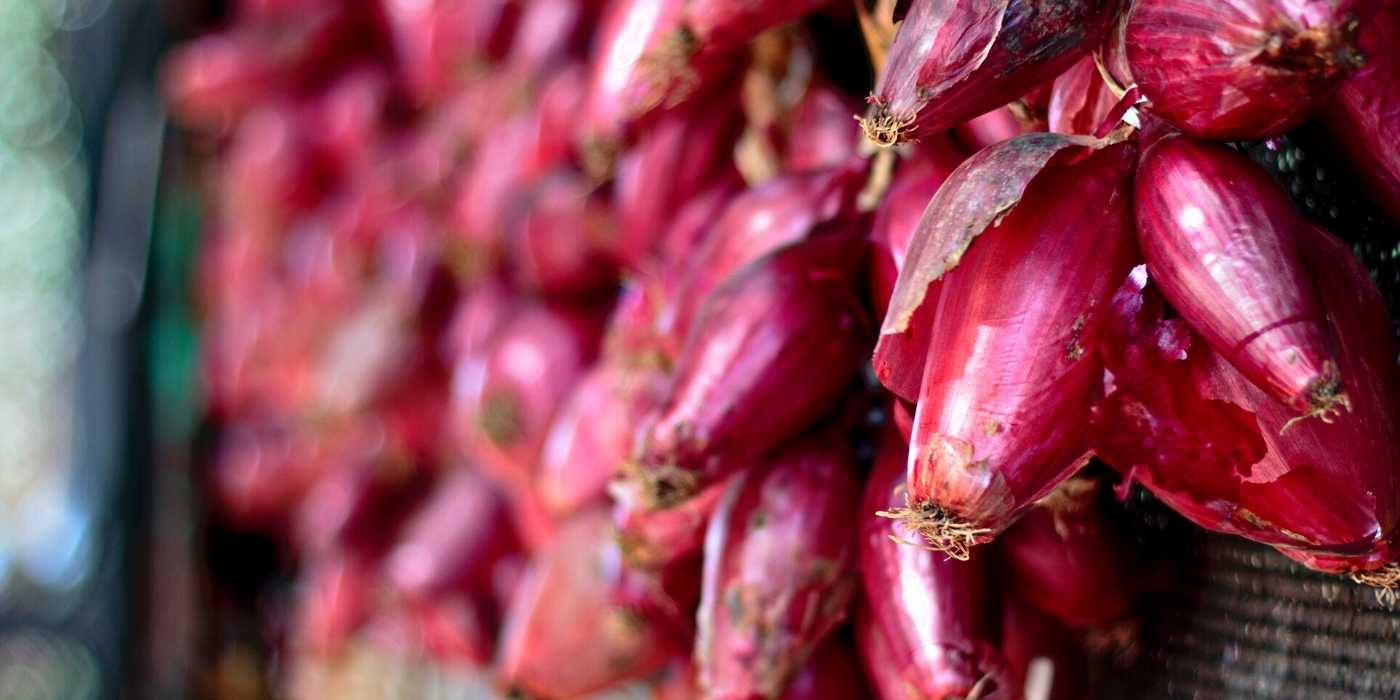
If you have ever tried to cook a tomato-based sauce using an Italian recipe, you will have heard of soffritto: onions browned in oil. Depending on the chosen recipe, you must be careful to choose the right onion, according to the cooking time: white, blond or red. But there are 31 varieties of onions in Italy, which differ in taste, shape and colour: so even a simple tomato sauce could have many different aftertastes!
One of the most popular onions is of course the red onion from Tropea, Calabria: a dark-coloured onion with a very sweet taste. Another sweet-tasting red onion is the Breme onion from Lombardy: its production cycle lasts almost two years and is done entirely by hand, without the use of mechanical means.
An onion that is suitable for long cooking (like ragout, for example) is the Val di Foro onion in Abruzzo: it is white and flat and has a very ancient history
5. Legumi
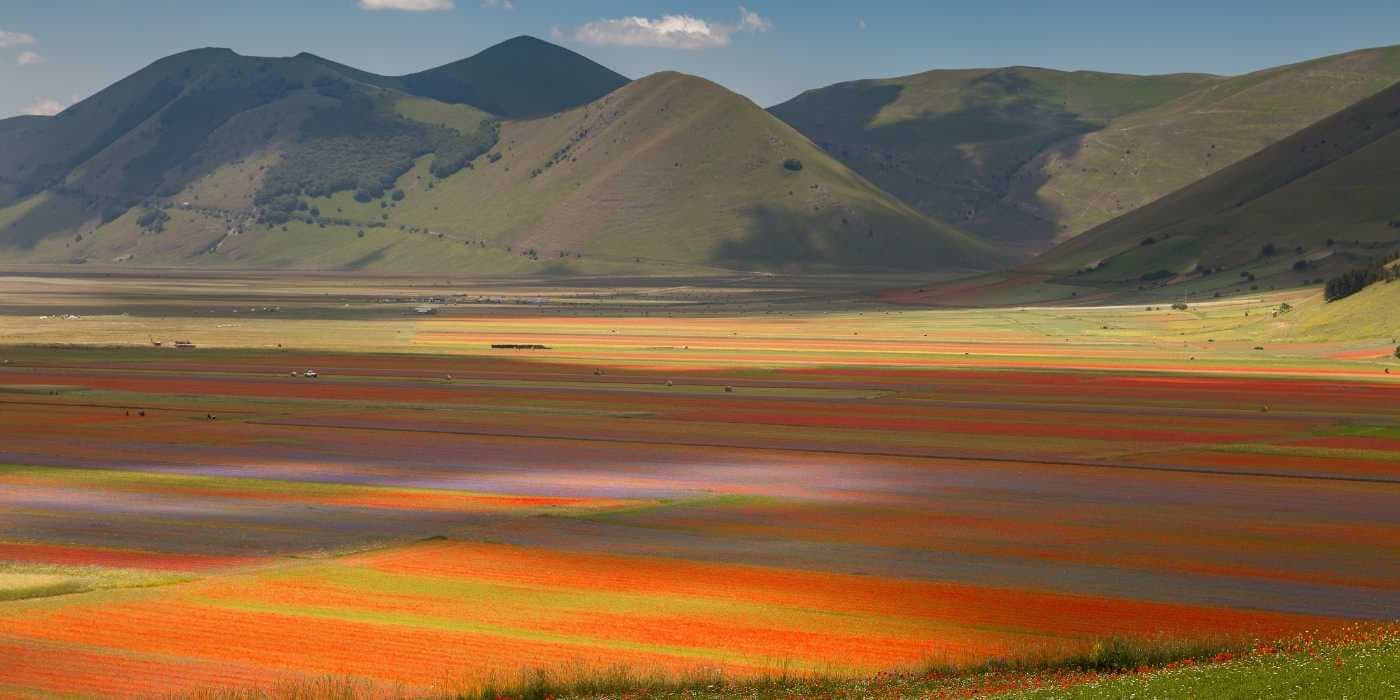
In recent decades, many people have adopted a vegetarian lifestyle, eliminating meat proteins from their diet. Legumes, which are also rich in protein and fibre, have been used to replace them and this has led to an increase in the production and biodiversity of legumes. In Italian cuisine, there are many traditional recipes based on pulses, such as the famous Pasta e Fagioli, with its Neapolitan, Roman and Tuscan variants.
Southeast of Bari, in Apulia, there is a region called 'Murgia Carsica' because of the consistency of the karstic soil: here the Murgia black chickpeas are grown, very different from the classic ones. The Murgia chickpea has the shape of a grain of corn, wrinkled skin, and a hooked apex and is very tasty.
In Lucca, Tuscany, the red bean is produced: you will find it in many traditional Tuscan recipes such as soups. The red bean has been a mainstay of the region's agriculture for centuries, both for the sustenance of farming families and trade.
On the slopes of Vesuvius in Campania, the Greeks, Etruscans, and Romans cultivated peas for centuries. Even today, farmers in the area have selected different varieties and continue to grow them. Among them is the “centogiorni” pea, a variant with a very long production cycle.
4. Cheeses
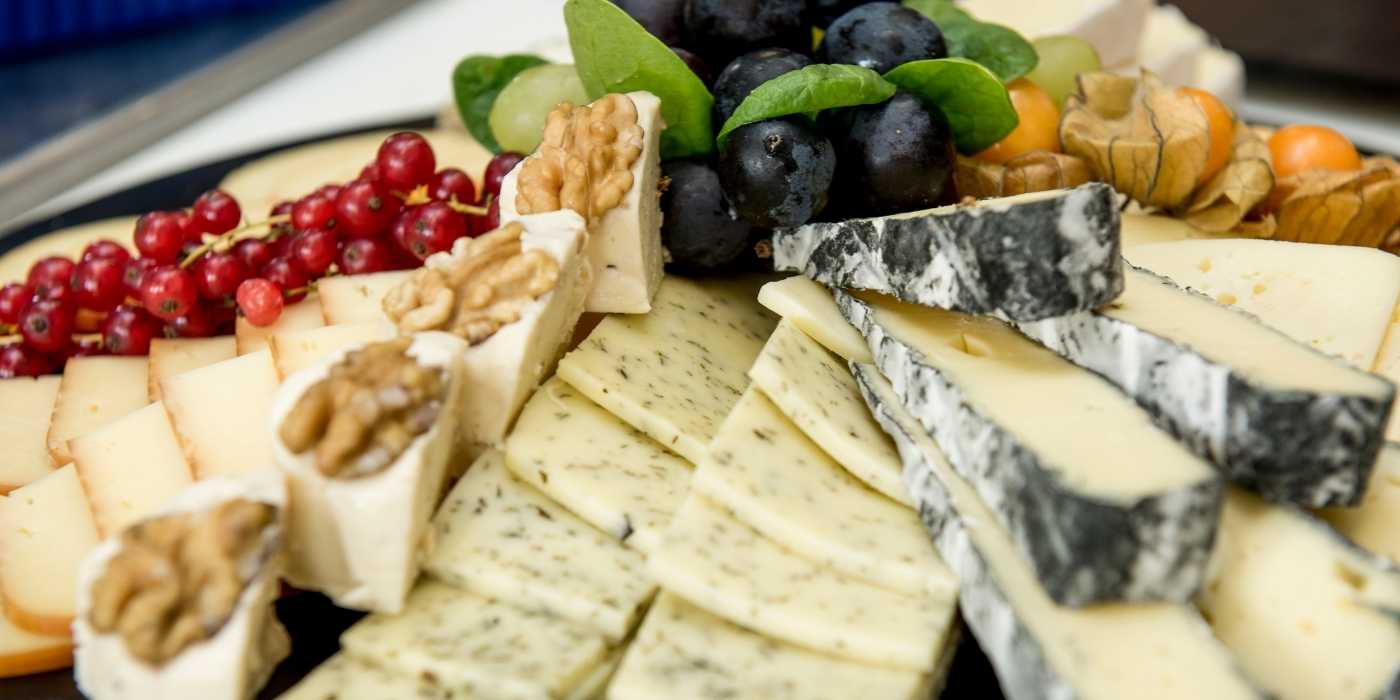
The biodiversity of cheeses in Italy is a real heritage of humanity. There are as many as 50 types of cheeses classified as DOP and a much higher number of variants. From raw milk cheeses to long-keeping cheeses, Italian cheeses are influenced by the climatic and geological diversity of the Peninsula. Imagine the great variety of livestock characteristic of each climate and region and multiply this with the many traditions of milk preservation plus the culinary imagination of the Italians: this is the only way to get an idea of the immense world of Italian cheese.
Fossa cheeses, for example, are matured 3 metres deep in the sandstone according to a medieval tradition: straw is burned inside the wells to remove moisture and then they are filled with partially matured cheeses that will remain sealed there for about 90 days.
A real gem is Montebore, a mid-12th-century cheese in the shape of a wedding ring, forgotten for centuries and rediscovered in the late 1990s in the Alessandria area of Piedmont.
3. Oil
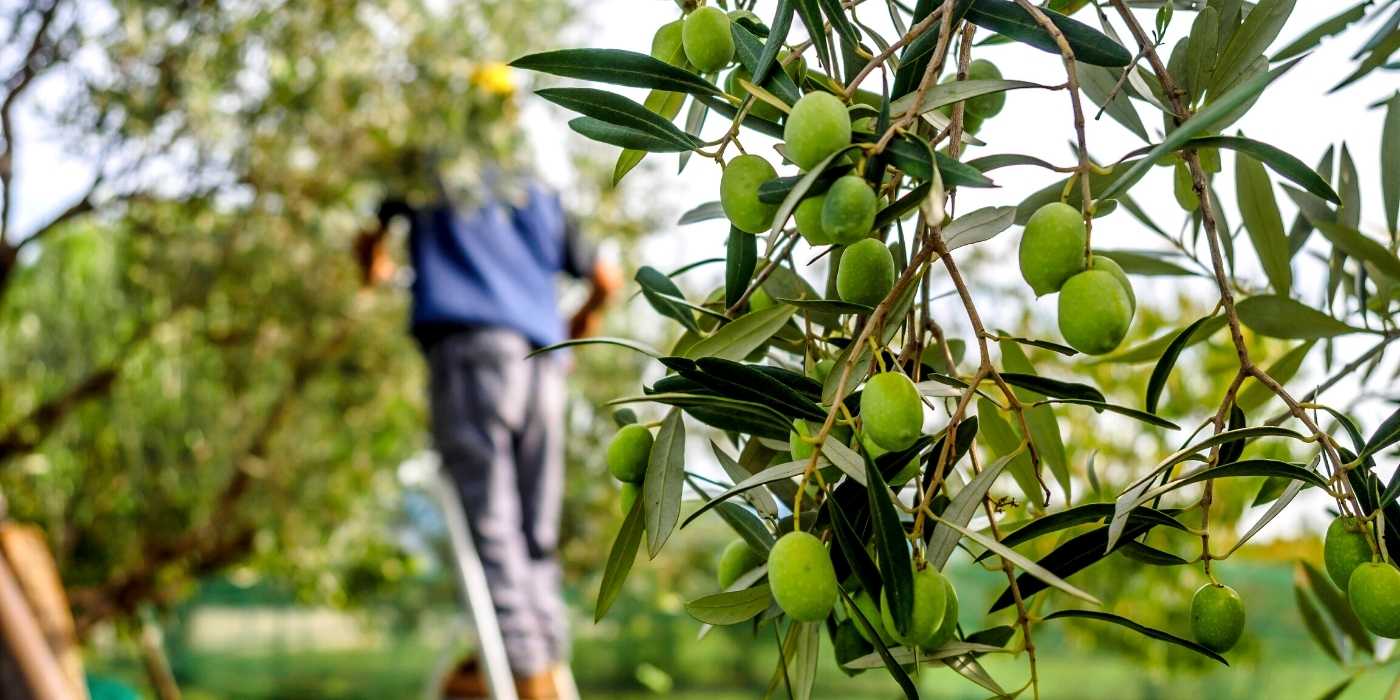
Millennia of experimentation and agricultural observation have made Italy the country with the greatest biodiversity of olive trees in the world. With over 500 varieties, our country surpasses even Spain, which is the world's largest exporter of oil. The oil production chain is a virtuous model as it is closely linked to the protection of the landscape.
Very special oil is the one created with the Intosso di Casoli olive: the olives are softened by fermentation, firstly lactic and then saline. These olive trees characterise the landscape of the Laroma plain in Abruzzo.
In the Versilia area, however, particularly in the Piana di Querceta, the olive tree has changed the appearance of the landscape, which is marshy all around. For centuries, this area was the object of contention between the Pisans and the Lucchese.
In the heart of Sicily, more than 50 thousand hectares of woods are planted with olive, hazel, and chestnut trees. The warm Sicilian sun makes the olives particularly tasty and valuable.
2. Pasta
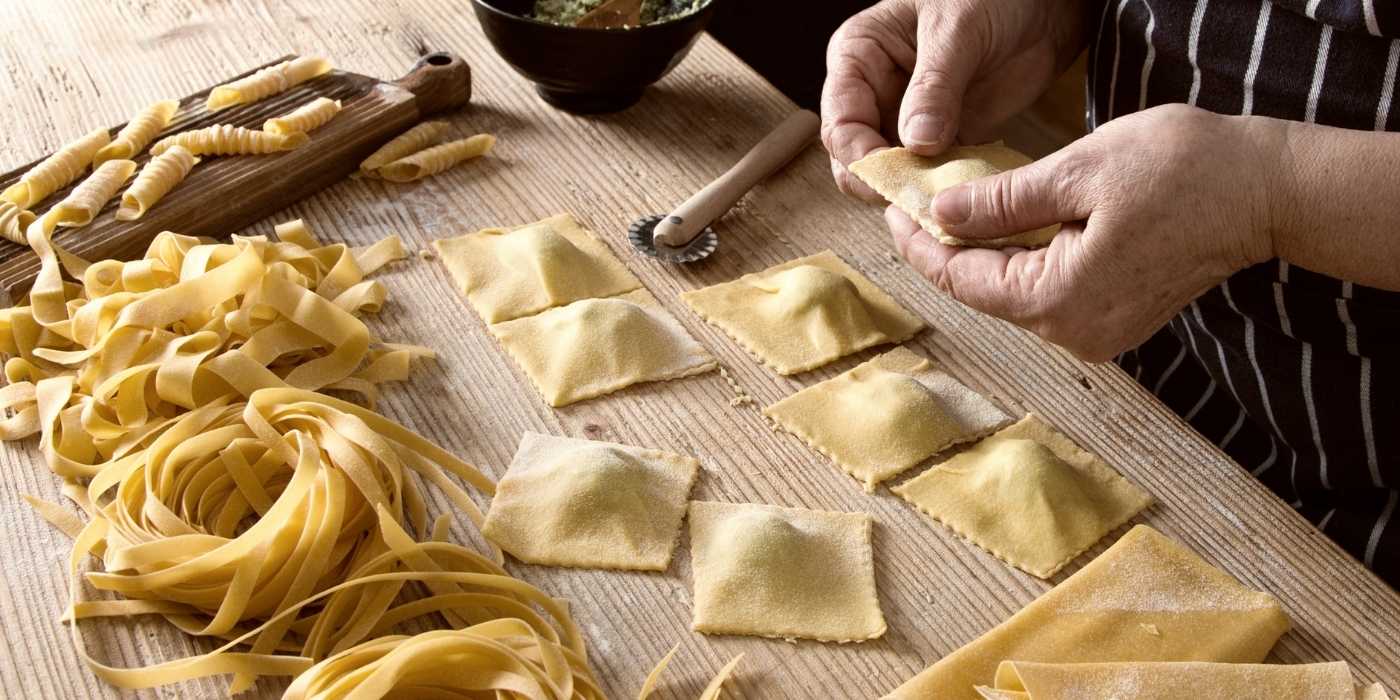
One of the foods that best symbolises Italy's biodiversity is Pasta. Created with different grains, with or without eggs, with special flours and according to ancient and diverse traditions: Italy's most iconic food has a single name but infinite varieties. Here is a quick overview.
• In Abruzzo, we find egg pasta made with a tool called 'chitarra';
• In Campania, the famous Gragnano pasta made from durum wheat semolina;
• In Emilia-Romagna, egg pasta triumphs, stuffed pasta and the famous Emilian lasagne;
• If we talk about Lazio, we talk about bucatini all'amatriciana, a long, perforated pasta dressed with guanciale, tomato sauce and pecorino;
• Liguria's pasta is designed to best accommodate its iconic pesto: bavette, trofie and trenette.
• In Lombardy, buckwheat creates the wonderful pizzoccheri, a typical dish from Valtellina;
• The Piedmontese truffle goes perfectly with the thin egg pasta of tagliolini;
• In Puglia, short, fresh semolina pasta triumphs with orecchiette and cavatelli;
• Sardinia is the island of gnocchi and gnocchetti, as well as small pasta that requires long cooking;
• The region par excellence for spaghetti production is Sicily, where durum wheat semolina is grown;
• In Tuscany we find the famous pappardelle, pici and stuffed tortelli and tortelloni;
• The long, porous bigoli is a symbol of the first courses cooked in Veneto;
• In Trentino-Alto Adige, egg mezzelune triumph, suitable for sauces made with mountain herbs;
• Strangozzi, an egg pasta of humble origins, characterise the recipes of Umbria;
• Typical Friulian pasta are the cjarsons, stuffed pasta with egg or potatoes;
• Valle d'Aosta's chnéffléne are small dumplings made with flour and eggs and 'grated' with a special tool directly on boiling water;
• The Molise pasta par excellence is cavatelli made from durum wheat semolina and water. Their history dates back to the reign of Frederick II, who was particularly demanding when it came to cooking;
• Marche cuisine is characterised by robust flavours made with simple ingredients, such as passatelli;
• Basilicata abounds in fresh, handmade pasta, especially short pasta with simple doughs made from durum wheat flour and water;
• Finally, the Calabrian gastronomic panorama is certainly not lacking in typical pasta shapes, extremely linked to the local cuisine, such as shtridhelat, rascatielli or calandreddi, all strictly handmade pasta.
1. Wine
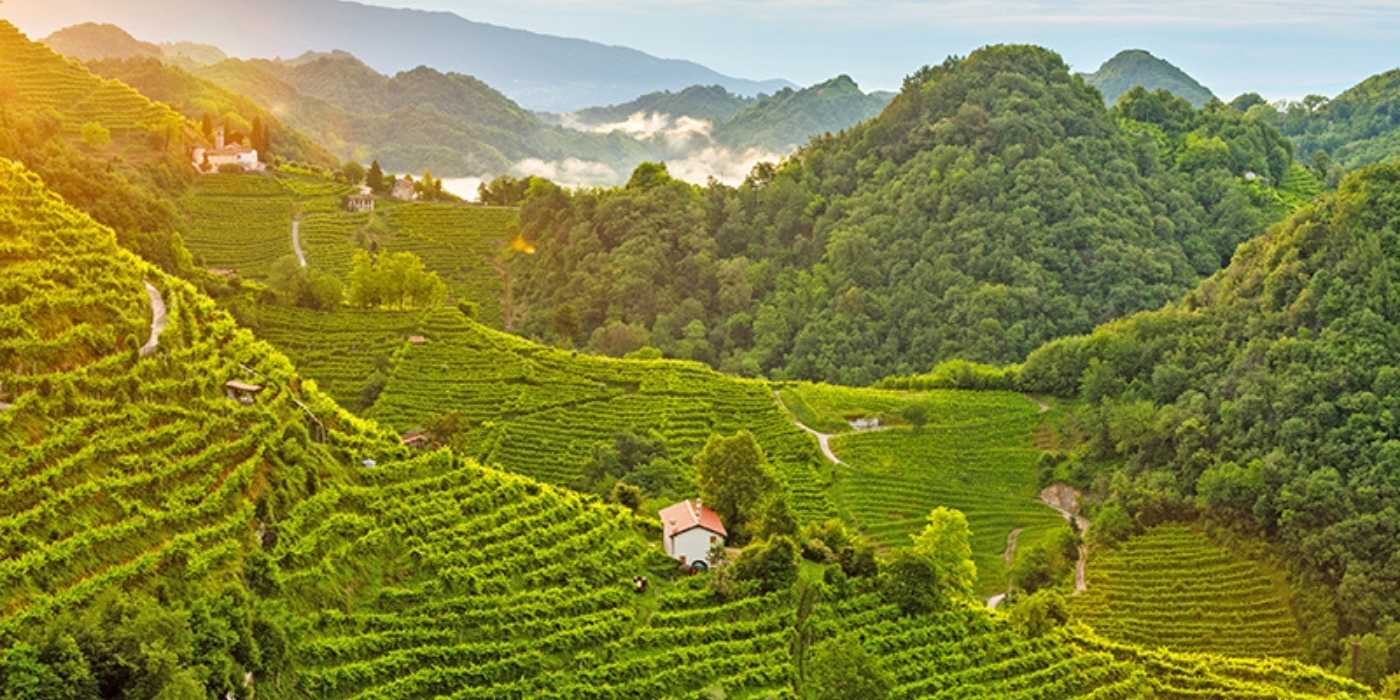
At the top of the podium is the Italian product with the greatest biodiversity in the world: wine. With 75% of the surface area under vines (690,000 hectares in total, 650,000 of which are given over to wine grapes) covered by the 80 most widely cultivated grape varieties, Italy is by far the world's leading country in terms of wine biodiversity. There are more than 520 designations including PDO and PGI.
Biodiversity is undoubtedly the strong point of Italian viticulture, which has made Italian wines the best in the world.
Terroir and tradition are the magic words to understand this biodiversity.
For example, at the Archaeological Park of Pompeii, a winery has planted the same vines that grew at the time of the eruption of Vesuvius. Every year between 1000 and 1500 bottles are produced from the same wine that the Romans enjoyed on their tables.
Think of heroic viticulture. In Sicily, Trentino, Tuscany, Liguria, Calabria, Lombardy, and Valle D'Aosta, vines are grown in extreme conditions, from rugged mountains to terraces overlooking the sea.
Would you like to taste Sicilian enogastronomic delicacies by taking part in an exciting tour of an organic wine cellar?
Find out how to bookAbout the author
Written on 22/05/2022



Gloria Venturini
On the occasion of Worldwide Biodiversity Day, we decided to talk about the phenomenon that made Italy famous in the world: gastronomic biodiversity.